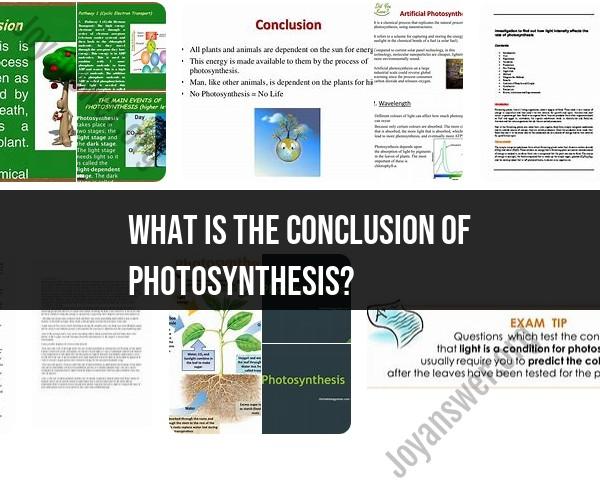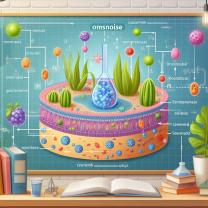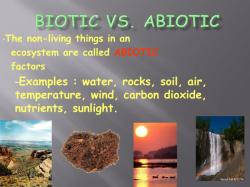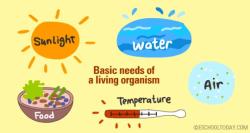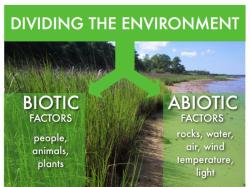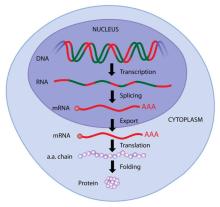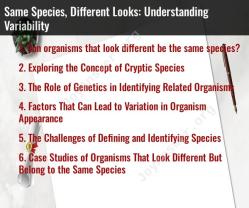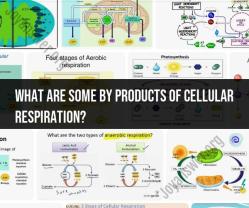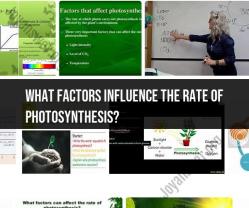What is the conclusion of photosynthesis?
The process of photosynthesis is essential for the production of energy in plants and is fundamental to life on Earth. In conclusion, photosynthesis can be summarized as follows:
Photosynthesis is a complex biochemical process that occurs in the chloroplasts of plant cells and involves the conversion of light energy from the sun into chemical energy in the form of glucose (a type of sugar). This process is crucial for the following reasons:
Energy Production: Photosynthesis captures solar energy and converts it into chemical energy in the form of glucose and other organic molecules. This energy is stored in the bonds of these molecules and serves as the primary source of energy for plants.
Oxygen Production: As a byproduct of photosynthesis, plants release oxygen into the atmosphere. Oxygen is vital for the respiration of plants and other organisms, including animals and humans.
Carbon Dioxide Removal: Photosynthesis also plays a critical role in reducing the concentration of carbon dioxide (CO2) in the atmosphere. Plants take in CO2 during photosynthesis, helping to mitigate the greenhouse effect and regulate the Earth's climate.
Food Source: The glucose and other organic molecules produced through photosynthesis serve as the foundation of the food chain. Herbivorous animals consume plants, while carnivores and omnivores consume animals that, in turn, have consumed plants or other animals.
Biomass Production: Photosynthesis is responsible for the production of plant biomass, including leaves, stems, and fruits. This biomass serves as a valuable resource for humans and animals, providing food, materials for clothing and shelter, and more.
In summary, photosynthesis is a vital biological process that drives the production of energy, oxygen, and organic matter in plants. It not only sustains plant life but also has far-reaching ecological and environmental impacts, making it one of the most important processes in the natural world.
Photosynthesis: The Conclusive Processes and Outcomes
The final stages of photosynthesis take place in the stroma of the chloroplast. This is where the Calvin cycle occurs. The Calvin cycle is a series of reactions that use the energy from ATP and NADPH to convert carbon dioxide into glucose.
The Calvin cycle can be divided into three main stages:
- Carbon fixation: In this stage, carbon dioxide is converted into a three-carbon sugar called 3-phosphoglycerate (3-PGA).
- Reduction: In this stage, 3-PGA is reduced to glucose using the energy from ATP and NADPH.
- Regeneration: In this stage, the starting molecule of the Calvin cycle is regenerated so that the cycle can continue.
The products of photosynthesis are glucose and oxygen. Glucose is a sugar that can be used by the plant for energy or stored for later use. Oxygen is a gas that is released into the atmosphere.
Wrapping Up Photosynthesis: Final Stages and Products
The final stages of photosynthesis are the Calvin cycle. The Calvin cycle uses the energy from ATP and NADPH to convert carbon dioxide into glucose. The products of photosynthesis are glucose and oxygen.
The End of the Photosynthesis Story: Key Takeaways
Photosynthesis is a complex process, but the key takeaways are as follows:
- Photosynthesis is the process by which plants use sunlight, water, and carbon dioxide to produce glucose and oxygen.
- Photosynthesis takes place in two stages: the light-dependent reactions and the Calvin cycle.
- The light-dependent reactions use sunlight to produce ATP and NADPH.
- The Calvin cycle uses ATP and NADPH to convert carbon dioxide into glucose.
- The products of photosynthesis are glucose and oxygen.
Photosynthesis is essential for life on Earth. It provides the oxygen that we breathe and the food that we eat.
